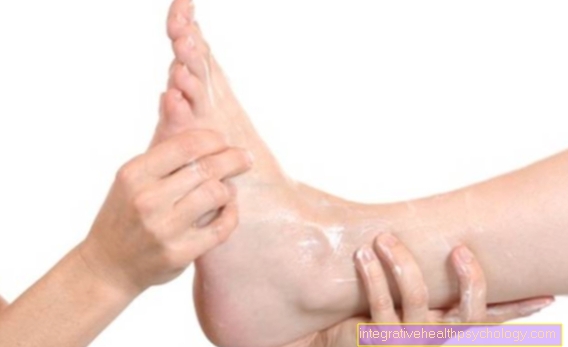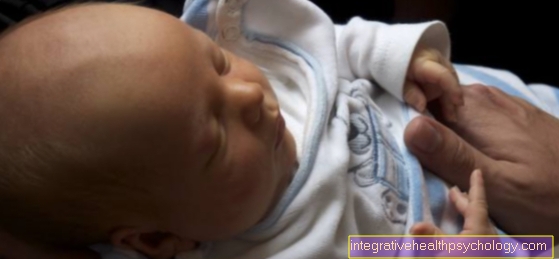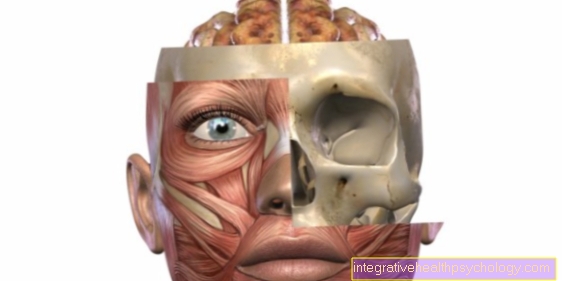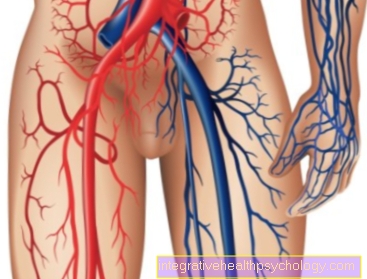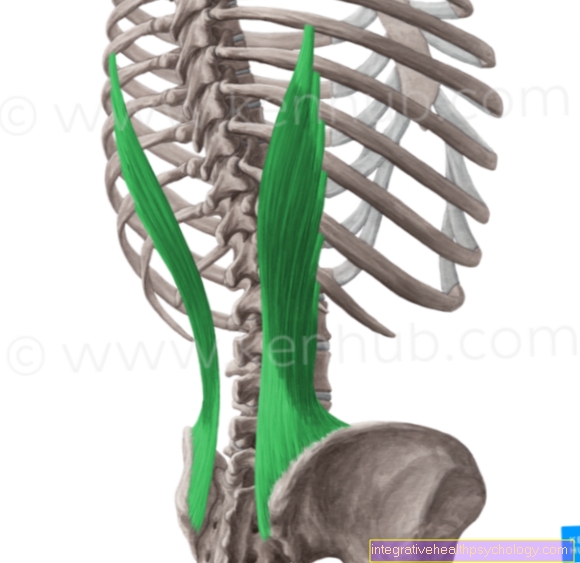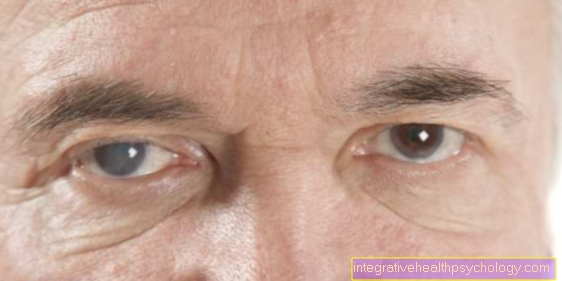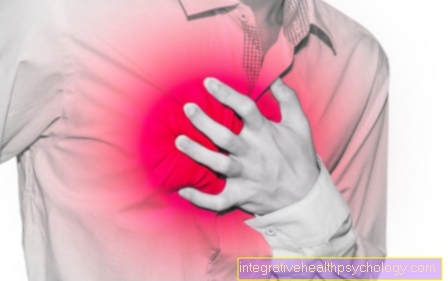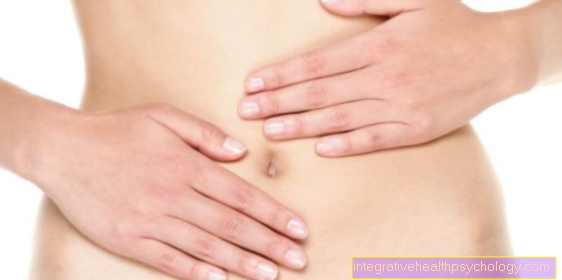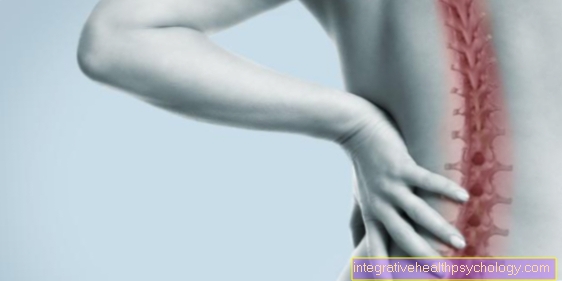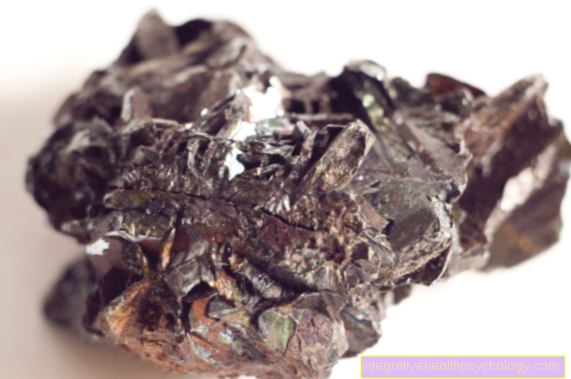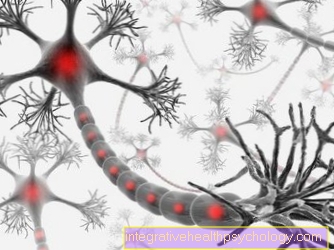Biomechanics in Sport
Synonyms in a broader sense
Physics, biophysics Mechanics, kinematics, dynamics, statics
Engl .: biomechanics
definition
The biomechanics of sport is a natural scientific sub-discipline of sport and movement science. The subject of biomechanical research is the outwardly apparent movements in sport. Biomotechnics is a symbiosis of physics and biological oranisms. Using models and terms from mechanics, the attempt is made to determine biological laws.
Read more on the topic: Exercise Science
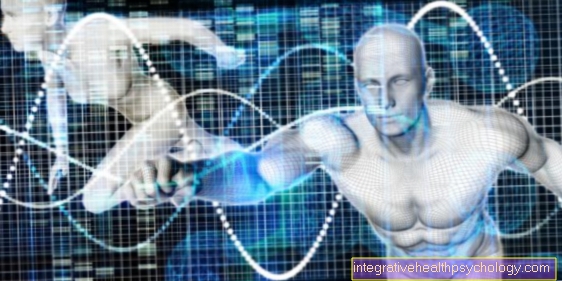
Classification
The biomechanics is basically in a outer and inner Differentiated biomechanics.
External biomechanics investigates changes in the location of bodies with the help of mechanics and is divided into kinematics and dynamics. The kinematics deals with the changes in location in terms of space and time. The dynamics, which deal with emerging forces, consists of statics and kinetics (see figure)
Internal biomechanics are divided into active and passive internal forces and active and passive external forces.
Tasks of biomechanics
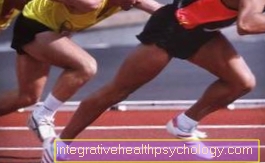
Since biomechanics is explained by physical laws, it is one of the unpopular topics in sports science. It is unthinkable to dispense with biomechanics in applied sports science. Biomechanics is taking on much larger dimensions than initially assumed. The focus is of course on optimizing the performance of the sporting disciplines through performance biomechanics. This can be illustrated using the example of the shot put.
In order to describe the shock width, the shock width, ball flight distance, take-off angle, take-off altitude, vertical take-off speed, horizontal take-off speed and spatial take-off speed are necessary. The investigation of these individual factors enables the technique in the shot put to be optimized. The biomechanical principles in movement science serve to record mechanical determinants in sport.
However, not only increasing performance is a branch of biomechanics, preventive sport is also finding its way into biomechanics. So are studies on the lifting technology of objects to relieve the Spine and prevention Back pain Examples of the use of preventive biomechanics. Furthermore, studies on body structure features are the subject of anthropometric biomechanics. The focus here is on the athlete's constitution.
Mechanical conditions
Movement is always a change in the location of a body in space and time.
To get a body moving, some form of force is always required.
Different manifestations of power:
Active inner forces: are muscle forces that set the body or part of the body in motion
Passive inner forces: this is understood to mean the elasticity properties of the muscles and the connective tissue
Active external forces: Active external forces are forces that set the human body or sports equipment in motion. Examples are wind when sailing, current when swim Etc…
Passive external forces: The passive external forces make movement possible at all. The inertia of the water enables swimming. However, the passive external forces can also be a hindrance. (e.g. sprint on ice rink)
Basic principles of classical mechanics
Law of inertia
A body remains in its state of uniform motion as long as no force acts on it. Example: A vehicle is at rest on the road. To change this state, a force has to act on the vehicle. If the vehicle is in motion, external active forces act on it (wind resistance and friction). Forces that can accelerate a vehicle are the engine and downhill force.
Acceleration law
The change in movement is proportional to the force acting and occurs in the direction in which that force is acting.
This law says that a force is needed to accelerate a body.
Counteraction Law
To an acting force there is always an opposite force of the same size. In the literature one often finds the designation of actio = reactio. This third law of classical mechanics means that the force that is applied around one's own body or an object in motion creates a counterforce.
Biomechanical principles
In general, the biomechanical principles are understood to mean the use of mechanical laws for optimizing athletic performance.
It should be noted that the biomechanical principles are not used for technology development, but only for technology improvement (see Fosbury flop in athletics).
The biomechanical principles are:
- Principle of maximum initial force
- Principle of the optimal acceleration path
- Principle of the coordination of partial pulses
- Principle of counteraction
- Principle of the rotary recoil
- Principle of conservation of momentum
Read more on this topic at: Biomechanical principles
Definitions
Body center of gravity (KSP):
The center of gravity is the fictional point that lies in, on or outside the body. In the KSP all acting forces act equally. It is the point of application of gravity.
With rigid bodies, the KSP is always in the same place. However, this is not the case with human bodies due to the deformation.
Inertia:
Is the property of a body to oppose an attacking force. (A heavy car with the same volume rolls downhill faster than a light one).
force F = m * a:
Force means mass x acceleration. An acting force on a body causes a change of location. Therefore, heavier cars also need more powerful engines to accelerate at the same speed.
pulse p = m * v:
The momentum is the result of mass and speed.
This becomes clear in one surcharge in the tennis. If the mass (weight of the club) is high, the hitting speed does not have to be as high as with a light club to achieve the same effect.
Torque M = F * r:
The torque is the effect on a body that leads to an acceleration of the body around an axis of rotation.
Mass moment of inertia I = m * r2:
Describes the inertia when changing rotational movements.
Angular momentum L = I * w:
Is the state of rotation of a body. The angular momentum is created by an eccentrically acting force and results from the mass moment of inertia and the angular velocity.
job W = F * s:
It takes a lot of work to accelerate a body. Defined as a force that acts over a certain distance.
Kinetic energy:
Is the energy that is in a moving body.
Positional energy:
Is the energy that is in a lifted body.
More information
Further information on the subject of exercise science can be found here:
- Movement science
- Movement theory
- motor learning
- Biomechanics
- Biomechanical principles
- Movement coordination
- coordinative skills
- Coordination training
- Motion analysis
- Stretching
All topics that have been published in the field of sports medicine can be found under: Sports medicine A-Z





